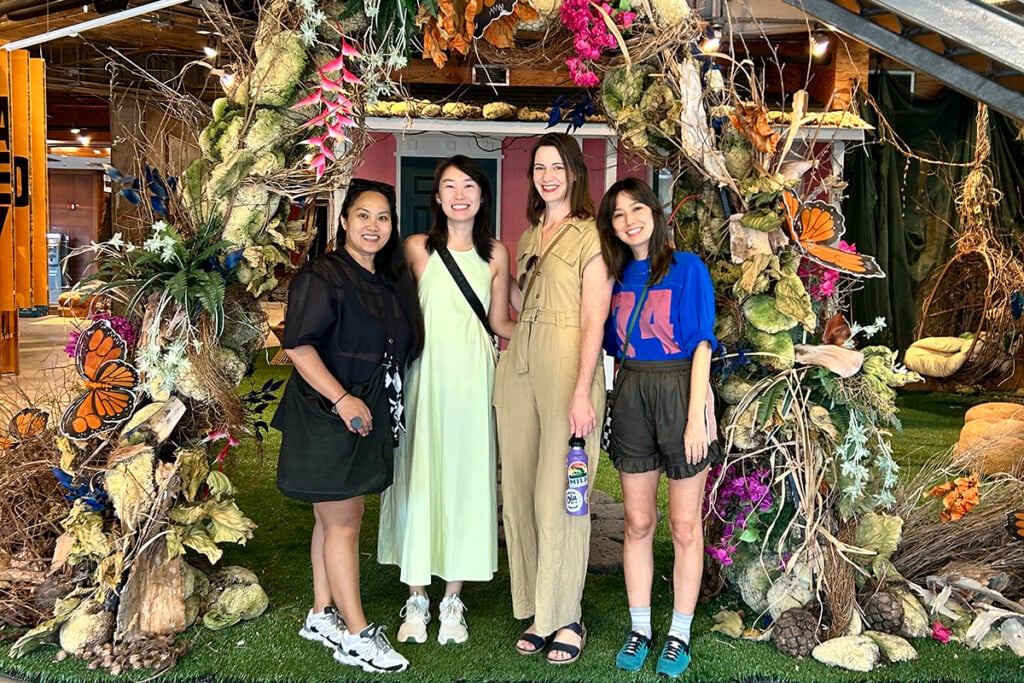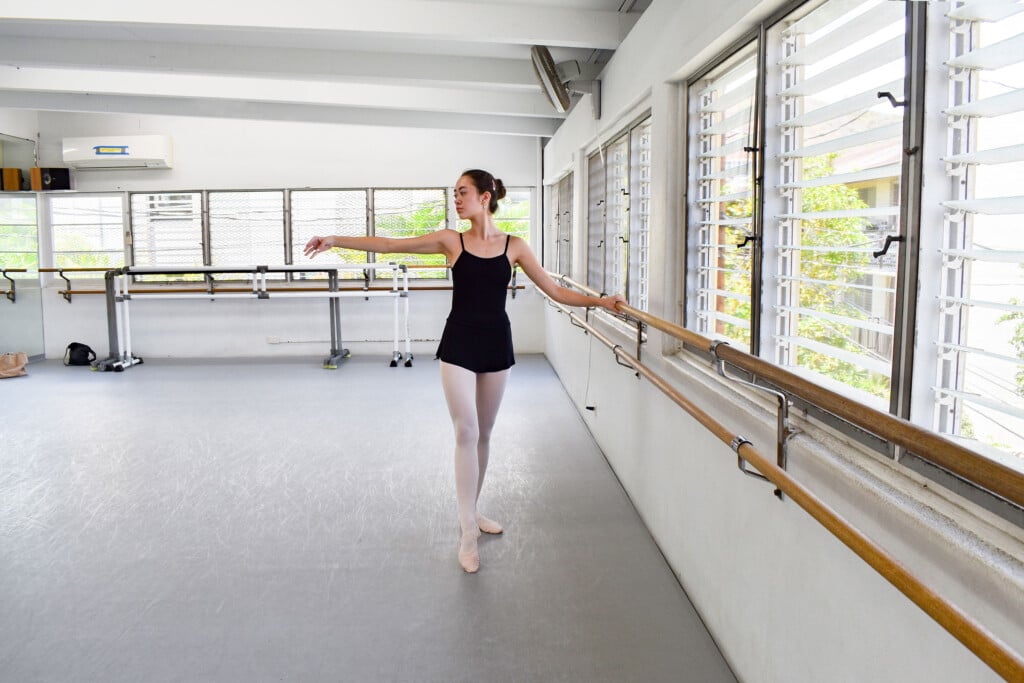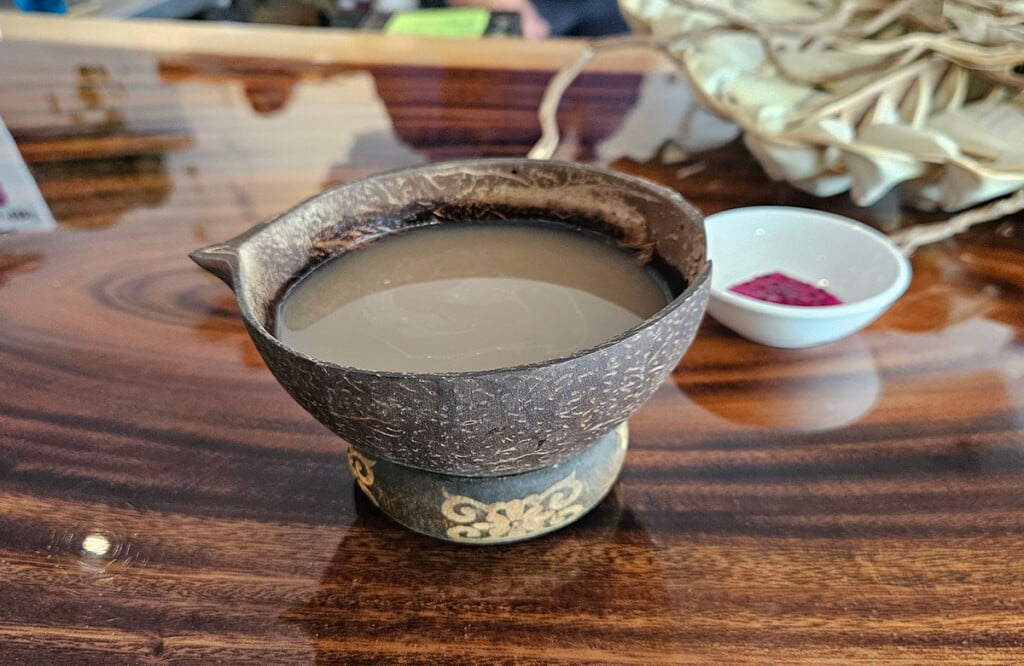We Tried It: Fishing at Ho‘omaluhia Botanical Garden
The free catch-and-release program is back at Loko Waimaluhia in Kāne‘ohe.
What: Family-friendly recreational fishing
Who: Great for all ages—our group was a mom, dad and an 8-year-old son
Where: Ho‘omaluhia Botanical Garden, Kāne‘ohe
When: Wednesdays and Saturdays, 10 a.m. to noon and 1 to 3 p.m.
Cost: Free

Photo: Laura Dornbush
Summer is in full swing and, if you’re like me, I’m just trying to keep my child entertained while school is out. I was thankful to hear that fishing is back at Ho‘omaluhia Botanical Garden after a multi-year hiatus. The lush 400-acre garden, aptly named “a peaceful refuge,” is the perfect spot to spend time in nature as a family (and pry my son away from his iPad).
Fishing is offered on Wednesdays and Saturdays with two time slots, either 10 a.m. to noon or 1 to 3 p.m. I booked our family for a Saturday morning. The online reservation process was quick and easy (and free!). You can make a reservation starting on Wednesday at 5 p.m. two weeks before the reservation date. However, a limited number of walk-in slots are also available on a first-come, first-serve basis.
SEE ALSO: We Tried It: Fishing for Our Lunch at Ali‘i Agriculture Farms
As we drove into Ho‘omaluhia Botanical Garden, I was taken aback by its majestic beauty—even as a kama‘āina who has seen it before, it is stunning. Tourists also love it, as evidenced by the visitors we saw taking selfies along the side of the road with a backdrop of the dramatic Ko‘olau Range. We were lucky to nab a parking spot when a car reversed out in front of us. Note: Parking can be hard to come by, so be patient.

Photo: Laura Dornbush
Loko Waimaluhia, the garden’s 32-acre freshwater lake, is a 20-minute walk from the parking lot and education center along paved and gravel pathways. We strolled past interesting flora and fauna, including cacao trees, pandan plants and hanging ginger as we made our way to the fishing check-in table. Staff and volunteers greeted us, confirmed our reservations details and handed us bamboo fishing poles to borrow. The simple poles came outfitted with fishing line, a bobber and a barbless hook.

Photo: Laura Dornbush
Since we’re beginner anglers who have only been fishing a couple of times, we chatted with the volunteers about best practices and begged for tips. They also loaned us a “de-hooker” tool to remove the fish from the hook without having to touch it. Spoiler alert: It came in handy!

Photo: Laura Dornbush
Then we walked along the scenic shoreline and picked a shady spot to fish. There were already about 20 families and groups there, patiently waiting for a bite. We prepared bread balls to use as bait, dropped our lines and waited. Note: For safety reasons, no casting is allowed.

Bralan Oshiro, a fellow fisher that day, with a Midas cichlid. Photo: Laura Dornbush
We waited, and we waited. Occasionally, we heard other families shout, “We caught one!” In fact, one of the groups caught five fish during the two-hour session. The most common type of fish in the lake is the bright orange-red Midas cichlid (also known as the Red Devil), but there are also armored catfish, carp and peacock bass, among others.
After 1.5 hours, we still hadn’t caught anything. My son, Duke, who had already lost his patience at the one-hour mark, abandoned his pole and opted for catching tiny fish with a fishing net we had brought from home. He was successful and trapped three minnows.

Photo: Laura Dornbush
My husband and I were determined to make a catch. Finally, 15 minutes before our session ended, my husband felt a tug on his line. He pulled up his pole, revealing a 9-inch black-fin tilapia! Now, it was our turn to shout with excitement, “We caught one!” After posing for selfies with the fish, one of the volunteers helped us release the tilapia with a de-hooker and return it to the water. I’m happy to report that I never had to touch the slippery fish!

Photo: Laura Dornbush
All in all, the outing was a success. We were rewarded for our patience, and I think we got a little lucky too. On the drive home, Duke asked to buy his own fishing pole, so I guess that means he liked it and we’ll be back!
SEE ALSO: We Tried It: Expedition Dinosaur: Into the Deep
Tips
- Bring bait. White bread is best, but we saw families using everything from ube bread to Japanese shokupan. Use a pea-sized ball of bread threaded onto the hook.
- Prepare for the weather. On the Windward Side, this could mean rain or sunshine. Pack hats, sunscreen, water and rain gear.
- Ask for help. The park staff and volunteers at check-in have some great tips to help you make a catch.
- Go low. The fish here are bottom feeders, meaning your hook should be approximately 2–3 feet underwater.
- Plan your restroom breaks. The closest restroom is a five-minute walk from the fishing area, but it’s a Porta Potty. Otherwise, the next park restroom is a 10-minute walk back toward the parking lot.
45-680 Luluku Road, Kāne‘ohe, honolulu.gov, @honolulubotanicalgardens










